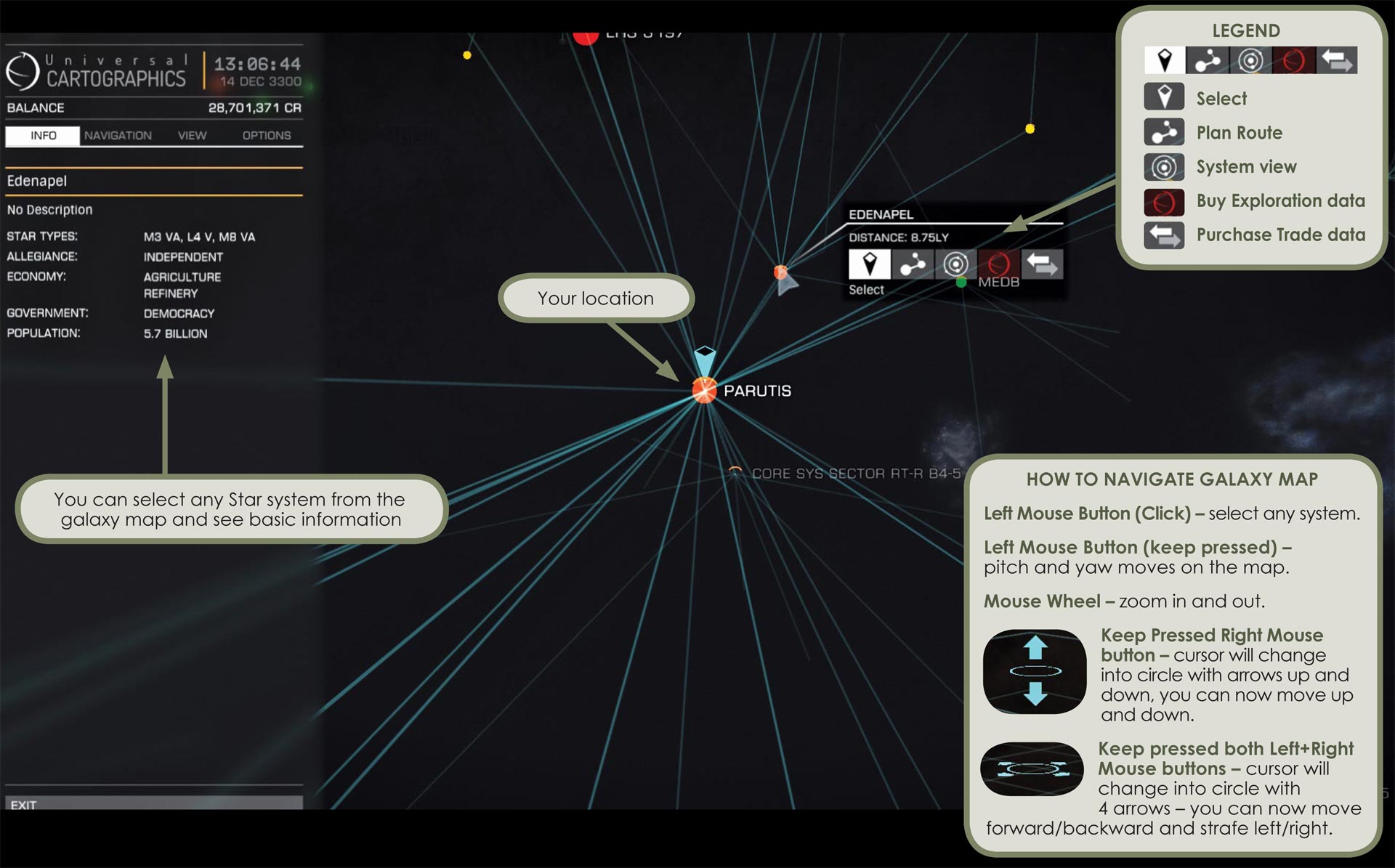I see they've moved it now.

As for my own answer to the thread title's question: I'm afraid it won't answer your more specific questions in the OP, since I choose not to aim for the "rare stars". Filling in the Codex checklists are very much a secondary goal for me.
The "how" of my exploration technique is sector surveying. Before I depart, I will plot out the location of the eight corners of the cubic sector I intend to survey. and bookmark the stars closest to the corners. This gives me a "survey grid" within which I will be operating. I will then fly out to the sector being surveyed, starting at one of the aforementioned corners. I will then set the star filter to B and L class stars, and pick a random spot on one of the opposite faces of the cube, and fly a transect across it. Repeat until the required number of stars of those two classes have been scanned, then switch to A class stars and repeat. Continue until M class stars are complete, then return to sell the data. My goal is to systematically survey 7000 stars this way; I am currently up to 6383.
As for "why" I do this, I am compiling statistics on the likelihood of finding certain planet types around the seven most common star types (BAFGKML). I normally use Fastest rather than Economic route plotting while flying transects, as I am interested in overall statistics for the sector and want to get a good random sample; staying too long in a certain subsector may give biased data as it seems likely from data gathered so far that certain subsectors are more "fruitful" than others.
Earth-likes are, of course, the primary motivation for the search, though I'm also interested in the other rare planet types. Finding one of the super-rare planet types, such as Glowing Green Giants, Helium Giants or Terraformable Metal-Rich worlds, is a worthy if almost-certainly-unattainable goal as well.
There is some advice we can give to optimize the finding of the most valuable planet types - for example, you want to stick to A and F stars for the best chance of finding Earth-likes, terraformables and Ammonia Worlds. But those super-rare planet types are simply scattered about at random, or at least there are so few of them found so far that we don't have a good enough sample size to offer meaningful statistical analysis.

